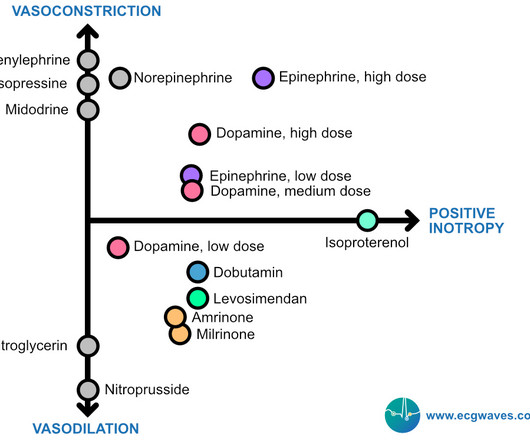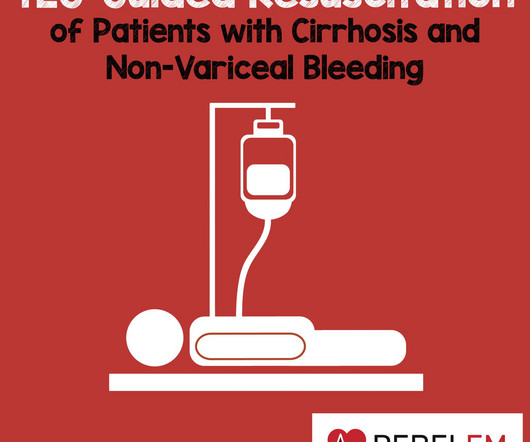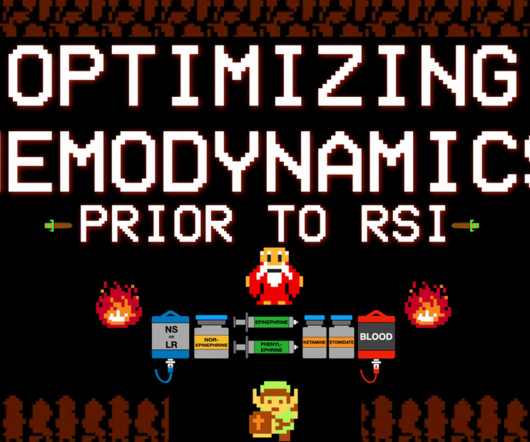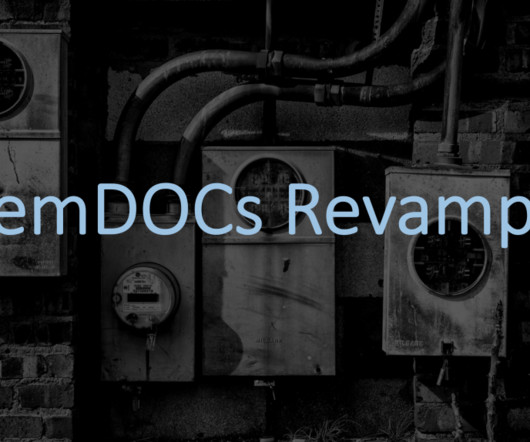Neurogenic Shock in Children
Pediatric EM Morsels
SEPTEMBER 22, 2023
Negative E-FAST and no signs of long bone injuries should raise concern for neurogenic shock in the hypotensive trauma patient with suspected spinal injury. Alpha 1 agonists are necessary to maintain appropriate blood pressure. Both norepinephrine and epinephrine can be used. 2018 Oct;14(2):47-54. Epub 2018 Oct 31.

















Let's personalize your content